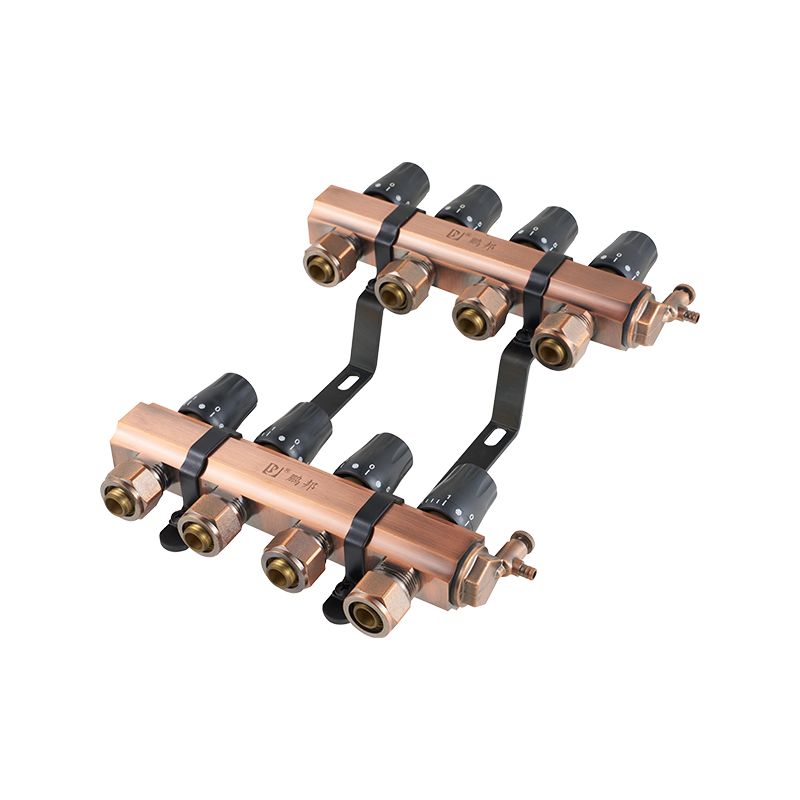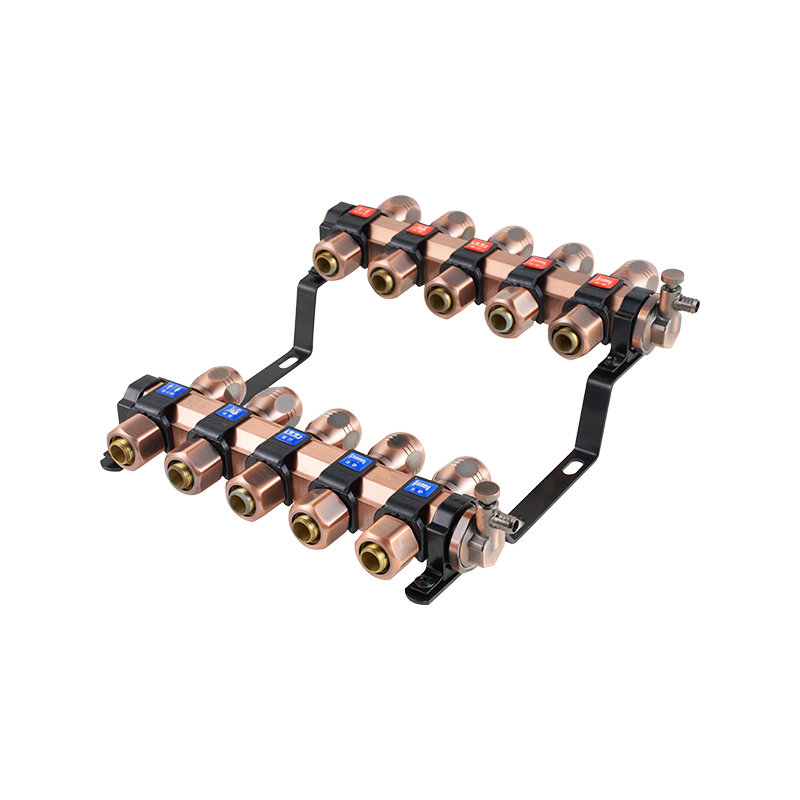A practical look at residential plumbing often raises questions about placement, especially when fixtures such as a Ball Valve Faucet and a PPR Ball Valve are u...
ABOUT
ZHEJIANG PENGBANG TUBE INDUSTRY CO.,LTD.
ZHEJIANG PENGBANG TUBE INDUSTRY CO.,LTD. is close to Taizhou Luqiao Airport, where the traffic is convenient. Factory building area 23660square meters, Since its establishment in 2005, we have been committed to the design, development, production, and manufacturing of various valves, pipe fittings, diversity water collectors, PP-R pipes and floor heating pipes. Now we have 150 employees. It has passed ISO9001:2015 quality system certification, ISO140001:2015 environmental management system certification, OHSAS18001:2007 occupational health and safety management system, and the product quality is insured by the insurance company.
As a China Manifold suppliers and Manifold factory, we are mainly engaged in wholesale Manifold, With advanced production equipment, strong technical force, outstanding quality, perfect after-sales service, and a good reputation, Pengbang has been rated as the promotion and application product by China's construction and decorative industry and won the top ten brands of China's valve manufacturing industry. The products sell in more than 50 countries and regions. such as the United States, France, Germany, Italy, Spain, and Australia, and are highly praised by many customers at home and abroad for "integrity, pragmatism, persistence, innovation" management concept; "excellence, continuous improvement, customer satisfaction quality policy; "people-oriented, unlimited service" business purpose is pengbang people's unswerving belief.
As a China Manifold suppliers and Manifold factory, we are mainly engaged in wholesale Manifold, With advanced production equipment, strong technical force, outstanding quality, perfect after-sales service, and a good reputation, Pengbang has been rated as the promotion and application product by China's construction and decorative industry and won the top ten brands of China's valve manufacturing industry. The products sell in more than 50 countries and regions. such as the United States, France, Germany, Italy, Spain, and Australia, and are highly praised by many customers at home and abroad for "integrity, pragmatism, persistence, innovation" management concept; "excellence, continuous improvement, customer satisfaction quality policy; "people-oriented, unlimited service" business purpose is pengbang people's unswerving belief.
News & Blogs
-
-
A closer look at everyday plumbing fixtures often begins with understanding how different flow structures behave, especially when products such as a Ball Valve ...
-
Efficient fluid handling and precise temperature regulation play an important role in meeting environmental standards in heating, cooling, and industrial system...
-
From October 23 to 27, we participated in the 138th Canton Fair, where the vibrant exhibition hall allowed us to showcase our valve fittings, heating pipe valve...


 English
English русский
русский Español
Español عربى
عربى



 CONTACT US
CONTACT US